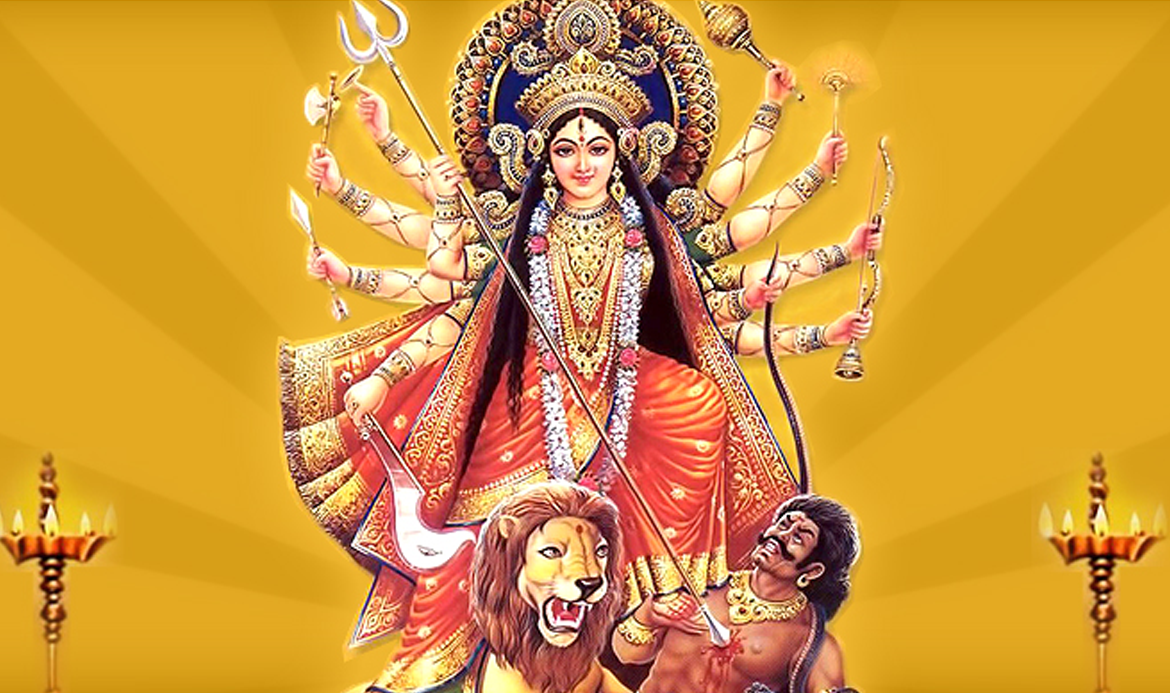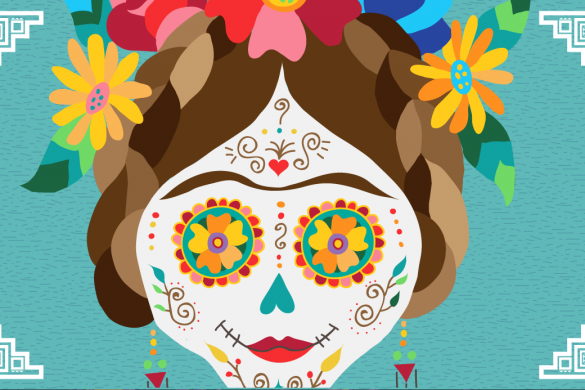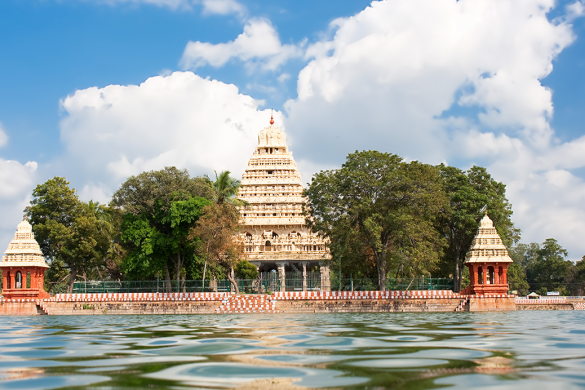Navratri is a festival traditionally associated with Shakti Puja in India, where the devotees pray to different forms of Maa Durga over the nine days of Navratri. This festival is celebrated all across the entire country in various ways and it is believed that Maa Durga visits the earth during this pious period. Maa Durga embodies the positive divine forces that fight and destroy the evil forces. In Hindu mythology, evil forces are symbolic of human vices like anger, selfishness, greed, prejudice, hatred, ego and unnecessary attachments, and the divine force of Maa Durga is representative of pure feminine and creative energy.
It is observed that Maa Durga is shown wearing a red sari in most of Her representations. As per Indian tradition, the colour red is the colour of Shakti or prowess and is usually associated with deities who have the capacity to destroy evil. Shakti is traditionally associated with energy, awakening and unfolding of consciousness. The colour red is also symbolic of bravery and protectiveness, two of the most intrinsic traits of Shakti. So, it is no coincidence that the Goddess is shown dressed up in red, which is also considered a sacred and auspicious colour. The colour red also implies being high on energy, determination and passion, which again, are the qualities denoted by the Goddess.
According to tradition, the flowers used to worship each of the Gods are very important and is significantly symbolic. In case of Maa Durga, blood red hibiscus flowers are used to worship Her, as it is considered to be pleasing to the Goddess. The colour red also denotes the primal life force, since time immemorial, making it an obvious choice for the Goddess of power and vitality.
In some areas, during Navratri, Goddess Lakshmi and Saraswati are also worshipped along with Goddess Durga. Lakshmi and Saraswati are considered to be the Goddess of wealth and knowledge, respectively, and are represented by appropriate colours. Lakshmi is associated with colours like red, gold and yellow; these are rich in texture and symbolize wealth and prosperity. Saraswati, on the other hand, is represented by the colour white, this stands for the qualities of peace and purity. She is symbolic of knowledge and art and is the epitome of serenity.
Thus, the colours associated popularly with the Goddesses worshipped during Navratri are not merely ornamental or co-incidental but are deeply entrenched in traditions and values.











